Introduction This experiment was done to test the effect of salt solution on mung bean growth Generally when you grow mung beans you soak them in water for eight to twelve hours and then put them in a separate container to sproutLesson Plan 12 Salt and germination Brief description This fascinating, cheap and very reliable experiment clearly demonstrates the damaging effects of salinity (salt) on seed germinationMung beans, which are used as "bean sprouts" when they have sprouted would be a good substitute in this experiment Question What is the link between lack of germination and plant death?

Mung Bean Lab Report Experiment Salt
Mung beans seed germination experiment lab report
Mung beans seed germination experiment lab report-Abstract The Seeds of Mung bean, wheat, and silver beet were tested in environments of differing salinities to note down if high salinity environments were worse for the seedsIt was found that generally lower concentrations were better for germination then higher concentrations Despite this, the hypothesis was not completely supported as in wheat and silver beet the second concentrationMung Bean Germinating Lab Shannon Brown The End Conclusion The purpose of this lab was to find if there is a relationship between salt concentration and the percent of seed germination ;



Biology Lab
Seed Germination of Mung Bean with Direct Sunlight The seeds were given to 0% of saline water started to the first day of observation had been visibly seen the signs of germination On the first day of observation, the seed coat of mung bean ruptured, even the root has grown The length addition of plant occurred from day to day until the end of thePlant one bean seed in each of the plastic cups The seeds should be planted ½ inch deep in the soil Add ¼ cup water to each cup 3 Cut one end off the shoebox If using another type of box, cut the end and one side off You should have a box with a bottom and 3 sides 4 Label each box 5 Place the plastic cup holding a bean plant seed inAs you may notice, the longer the seed has germinated for, the more oxygen it consumes At minutes, the 5 day germinated mung beans consumed 0597 ml of oxygen, the 3 day germinated mung beans consumed 03 ml of oxygen, and the nongerminating beans consumed 005 ml of oxygen
By Stella and Eleni Mung Bean Experiment Research 1 Dependant Variable The germination of the mung beans 2 Independent Variable Drops of coconut oil 3 5 Variations no coconut oil, 3 drops of coconut oil, 6 drops of coconut oil, 9 drops of coconut oil, 12 drops of coconut oil 4 Control Group Bean bag without coconut oil 5 Variable to Control Quantity of water This was controlledFive genotypes of mungbean under three salinity levels (0, 75 and 150 mM) were tested to investigate the germination traits of this crop under salt stress BARI Mung5 showed the lowest (GP)Plant one bean seed in each of the plastic cups The seeds should be planted ½ inch deep in the soil Add ¼ cup water to each cup 3 Cut one end off the shoebox If using another type of box, cut the end and one side off You should have a box with a bottom and 3 sides 4 Label each box 5 Place the plastic cup holding a bean plant seed in each box 6
The additional plants can be removed later For the first 5 days, water the 3 pots with tap water only Allow the seeds to germinate for the first 5 daysAs the sprout begins to develop and use up its stored reserves, the seedling needs light and carbon dioxide to continue growth In this experiment, students will examine how the amount of carbon dioxide and light changes the growth of a mung bean's sprout The equation of photosynthesis shows the relationships among carbon dioxide, light, and growthIn this lab, our focus was on Cellular Respiration of Germinating and NonGerminating plant seeds Cellular Respiration is the process of oxidizing food molecules, like glucose, to carbon dioxide and water Methods Materials Monomer fluid red, 2 drops seeds, control, mung bean, 10 seeds, germinating, mung beans, 10



Growth Analysis Of Mung Bean As Affected By The Seed Treatment Duration Download Table



Germination Experiment Page 6 Line 17qq Com
Answer If the seeds don't germinate, then they can't produce a fullgrown plant Another way to do this experiment is to water fullgrown plants with different concentrations of saline waterTemperature can affect the percentage and rate of germination through at least three separate physiological processes 1 Seeds continuously deteriorate and, unless in the meanwhile they are germinated, they will ultimately die The rate of deterioration depends mainly on moisture content and temperThe three samples of mung beans watered with pH 7 solution grew the most, with the average growth of 12 mm The beans did not grow well in the two extreme pH levels, pH 5 and pH 9, with only growths of 5 mm and 43 mm, respectively The variance for pH 5, 7, 8 and 9 is 21, and 26 for pH 6 Discussion
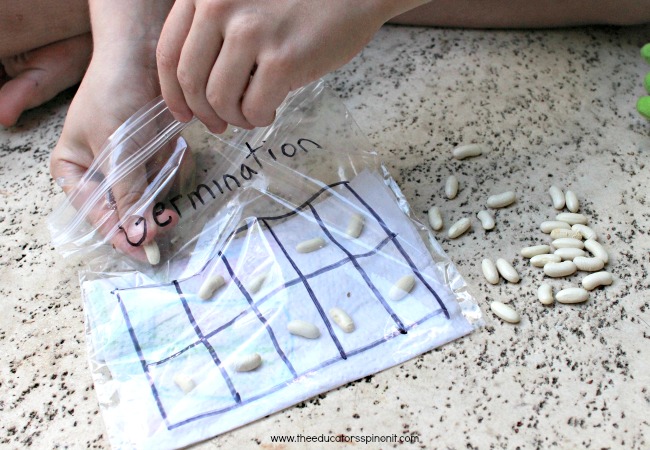


An Easy Germination Science Experiment For Kids To Do



Pdf Light And Temperature Effects On Sprout Yield And Its Proximate Composition And Vitamin C Content In Lignosus And Mung Beans
It is about 25 cm long and has also grown towards the light I will begin feeding it a salty diet as of today Interestingly, though an aside from the main experiment, the first salt bean that I mistakenly fed salt water to from the start, never germinated The seed is pulpy and colourlessIn this lab, our focus was on Cellular Respiration of Germinating and NonGerminating plant seeds Cellular Respiration is the process of oxidizing food molecules, like glucose, to carbon dioxide and water Methods Materials Monomer fluid red, 2 drops seeds, control, mung bean, 10 seeds, germinating, mung beans, 10Mung Bean Experiment Lab Report I Introduction In this experiment, mung bean seeds are being tested for growth in populated areas Mung beans are commonly grown in East Asia and the Orient II Purpose and Hypothesis The purpose of this experiment is to discover mung bean plant growth habits in crowded, or no crowded areas


Seed Germination Experiment How Would Different Levels Of Temperature Of Water Affect The Rate Of Seed Germination International Baccalaureate Biology Marked By Teachers Com
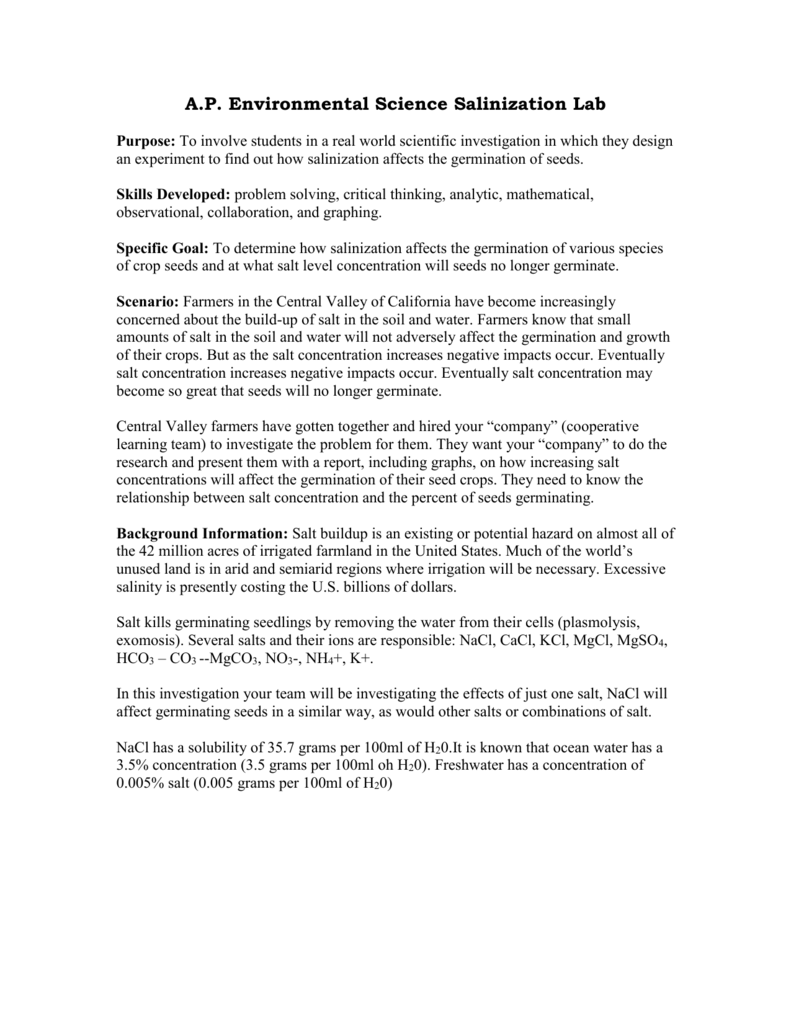


Ap Environmental Science Salinization Lab
Germination Of a Bean Photographs and article By Lily C Gerhardt LCG1603@ritedu G ermination is the process in which a seed, spore, or fungi sprouts, or begins growth Seed germination can occur after a period of dormancy and is affected by available light, water, air, and many other variables Germination occurs differently in various plantsThe mung bean plant comes originally from India, but is now widespread throughout the tropics Growing and sourcing Obtaining Buy fresh seeds from suppliers including Blades Biological Seeds must be fresh to germinate Propagating Germinate from seeds This video demonstrates the germination of mung beans with both cotyledons and roots1 Place 60g of seed raising mix in 10 foam cups, which are 177ml 2 Place 5 snow bean seeds in each pot 2cm deep 3 Drop 10 drops on each seed every day using a pipette 4 Place 5 cups in a dark room 5 Place 5 cups where there is sunlight 6 Measure and record all pots every day with a camera, ruler, pencil and paper Risk



Biology Lab



Mung Bean Lab Report Experiment Salt
Alex Temple HL Biology year 2 Period 5Ttest between Mung beans receiving four hours of light and eight hours of lightafter 72hour periodP value and statistical significance The twotailed P value equals By conventional criteria, this difference is considered to be statistically significantSample CalculationsCalculating the total average for Mung beans to germinate under specific amounts oflight exposure can be determined by using the following formula (trial 1 trial 2trial 3Results showed that the germination and growth rate of mung beans are higher in an environment rich in carbon dioxide and subjected to room temperature, neutral pH, and minimal salinity level Introduction A seed is a highly adapted dispersal unit that assures the continuation of a new generation among plantsMeasuring Respiration of Germinating and Nongerminating Peas By Krunal Patel Introduction Living cells require transfusions of energy from outside sources to perform their many tasks – for example, assembling polymers, pumping substances across membranes, moving, and reproducing (Campbell, and Reece 162)Heterotrophs obtains its energy for its cells by eating plants that makes it own food


Mung Bean Lab Report Examining The Effect Of Light On Growth Gcse Science Marked By Teachers Com



Mung Bean Germination Essay Example
Mung beans Palomolive Procedure First we filled the water then mix the amount of detergent we had to use Then get a container with mung beans Then pour the mixed detergent and water on the mung beans Then leave it for a few days Mung beans we are choosing liquid detergents to determine the outcome of itMy bean has germinated too!Introduction and Presentation and Video Story Seed germination and seedling growth are influenced by many factorsSome of these are physical factors of the environment in which the seed exists, including climate (ie, temperature, light quality and intensity, and moisture availability), soil factors (fertilizer or nutrient levels, acidity pH, and salinity) and other physical stimulants or



Jonathan K Lab Report Germination Seed


Investigating The Effects Of Salt On Seed Germination International Baccalaureate Biology Marked By Teachers Com
Secondary research on the profile of mung beans were studied and the optimal pH level for mung beans to grow is pH 62 to 72 and the experiment was designed to investigates in to the effect of pH level of soil (50, 55, 60, 65, 70, 75, 80, 85, 90, 95) on the growth rate of mung beans during a three week experiment, investigating to what extent pH level of soil could affect the growthMung Bean Experiment Lab Report I Introduction In this experiment, mung bean seeds are being tested for growth in populated areas Mung beans are commonly grown in East Asia and the Orient II Purpose and Hypothesis The purpose of this experiment is to discover mung bean plant growth habits in crowded, or no crowded areasConclusion A pH range of 5 75 is optimal for mung bean sprout germination and growth, whereas anything lower or higher, too acidic or basic will hinder germination and growth However, some pH conditions hinder growth more than germination Why?



Seed Germination Report Sample Easy Seedling Seed


Broad Bean Investigation Gcse Science Marked By Teachers Com
Salinity affects the plant growth and development throughout their life time including seed germination A field experiment was conducted comprising two varieties of mungbean, BARI Mung5 (V1Introduction and Presentation and Video Story Seed germination and seedling growth are influenced by many factorsSome of these are physical factors of the environment in which the seed exists, including climate (ie, temperature, light quality and intensity, and moisture availability), soil factors (fertilizer or nutrient levels, acidity pH, and salinity) and other physical stimulants orIt is about 25 cm long and has also grown towards the light I will begin feeding it a salty diet as of today Interestingly, though an aside from the main experiment, the first salt bean that I mistakenly fed salt water to from the start, never germinated The seed is pulpy and colourless
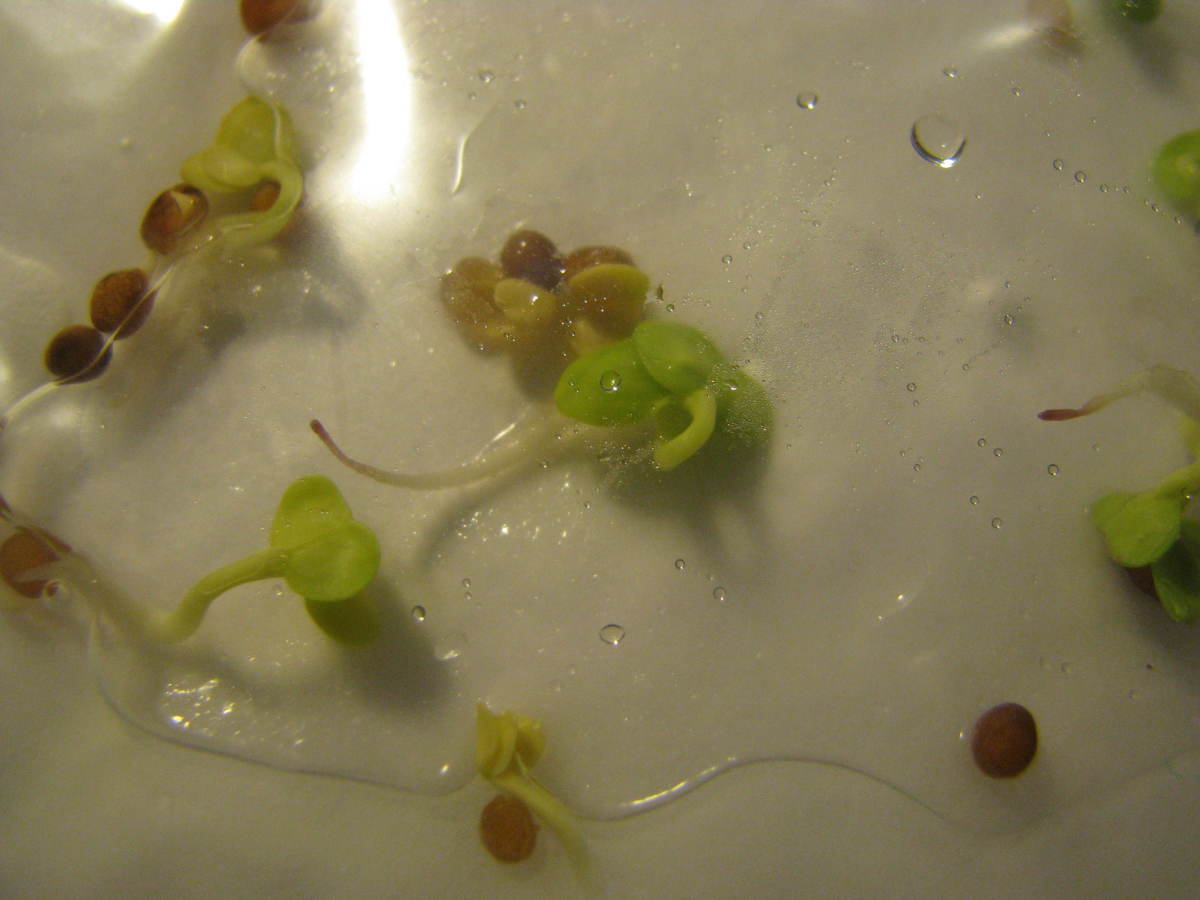


Science Project How Does Salt Affect Seed Germination Owlcation Education
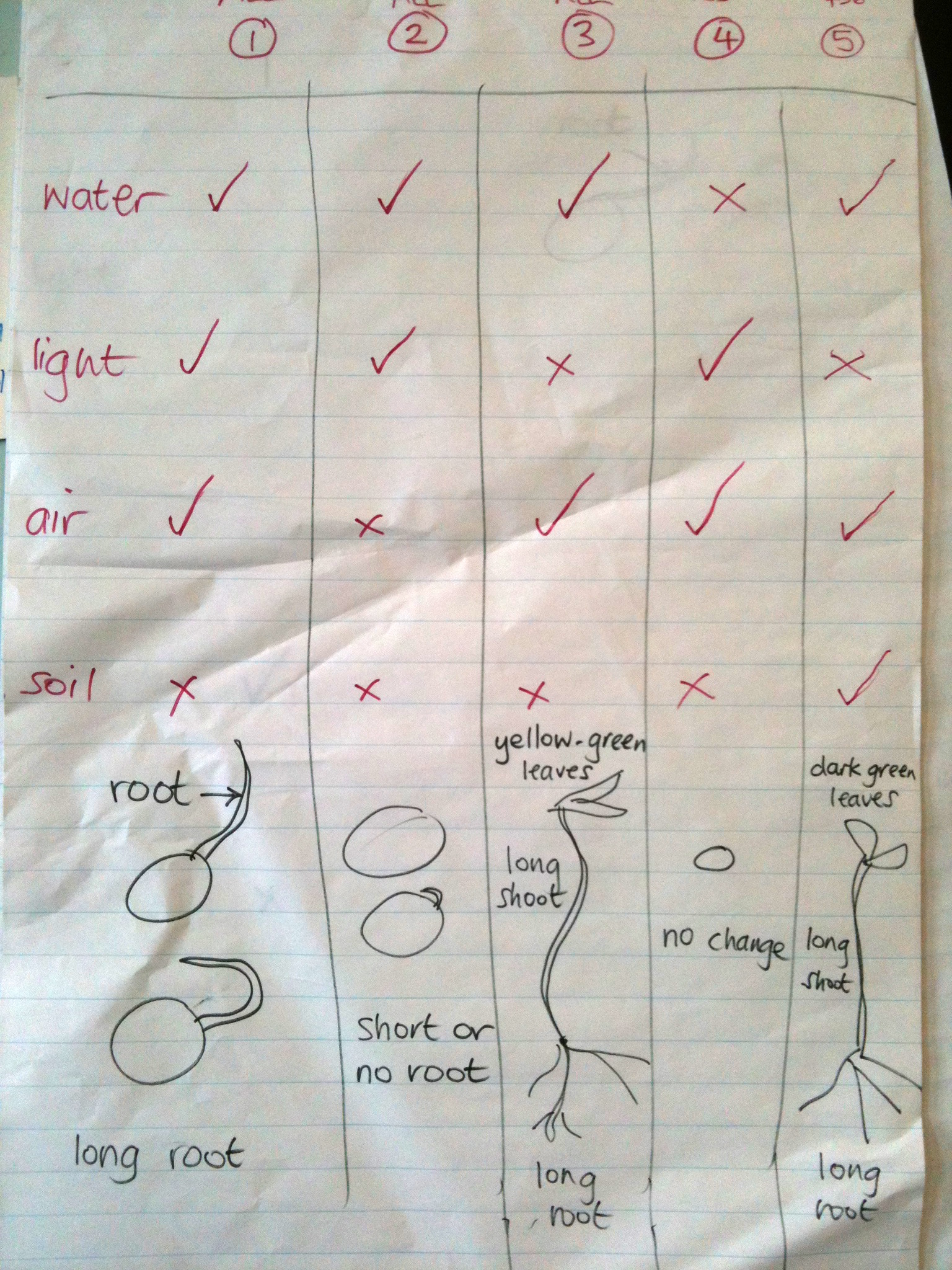


Seed Germination Requirements Ingridscience Ca
Mung Bean Experiment Lab Report I Introduction In this experiment, mung bean seeds are being tested for growth in populated areas Mung beans are commonly grown in East Asia and the Orient II Purpose and Hypothesis The purpose of this experiment is to discover mung bean plant growth habits in crowded, or no crowded areasThey also have smaller leaves than soybeans, and aRadish germinate quickly, but have a lower tolerance to salt Mung beans are nice, but hard to find sometimes They need longer than 2 days to get good results My favorite is pea seeds This is after two days, but we usually take data after 34 days so the kids can measure a longer sprout This is a bit longer than I like to leave the seeds



Practical Report The Effect Of Increasing Salt Concentration On The Rates Of Germination On Radish And Mung Bean Seeds Biology Year 11 Sace Thinkswap


Growth Development Plant Mass
My bean has germinated too!This research aimed to find out how would mung bean seeds will germinate if watered by orange juice Objectives This research aimed to establish the role orange juice plays in the germination process of mung seeds in terms of germination rate and the length of roots over time Introduction Minutemade orange juice has a pH of 280The mung bean plant comes originally from India, but is now widespread throughout the tropics Growing and sourcing Obtaining Buy fresh seeds from suppliers including Blades Biological Seeds must be fresh to germinate Propagating Germinate from seeds This video demonstrates the germination of mung beans with both cotyledons and roots



Salinization Lab
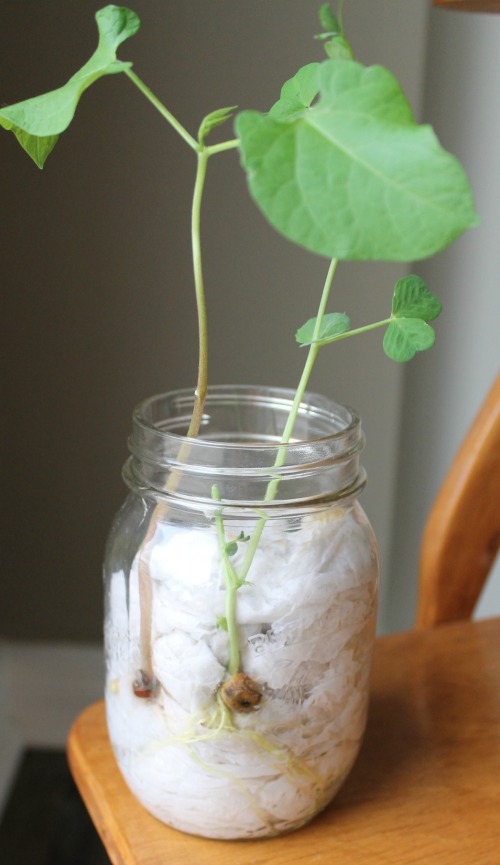


Seed Germination For Kids The Results How Wee Learn
The rest of the beans remain whole without any sprouts I assume that within the next day or two, I will see a change in this observation Day 7 One of the pinto beans has begun to sprout from the side This is the only noticeable bean out of all of them that has released a sprout Other beans have begun to somewhat crack open on the sides1 For soil P and K reports in ppm (ppm x 2 = lb/acre) 2 Recommended rates are for total amount to apply—broadcast row Low rates may be rowapplied E Variety Selection Hundreds of experimental lines of mungbean have been tested in the United States (primarily at Texas A & M University, Oklahoma State University and the University of Missouri) over the yearsYour picture(s) will be included as a figure in your lab report in Part 3 7 Record the date and time that you started the experiment, and any corresponding data in Table 5 (created in Part 1) 8 Check your bags at least once a day to monitor seed germination (Figure 6) and record your data Make sure that the paper towels in the bags remain



Photosynthesis And Respiration Lab



Seed Germination Report Sample Easy Seedling Seed
Measure and calculate the average height of the mung bean plants every day for the next 10 days Record all calculations in a table Results The results of the experiment were, mung beans grew faster in soil with caffeine Conclusion The hypothesis that mung beans watered using a coffee mixture will grow the fastest has been proven to be trueFill the 3 pots with equal amounts of soil Plant ten mug beans in each pot and allow them to germinate Additional seeds can be placed in the pots in case some of the seeds do not germinate;Mung beans are among one of the fastest sprouting beans They will usually begin to sprout within 24 to 36 hours after an initial 12hour soaking time However, it'll be several more days before the sprouts are large enough to be the right size for eating, unless you like very small sprouts


Mung Bean Experiment Awesomethird Grade
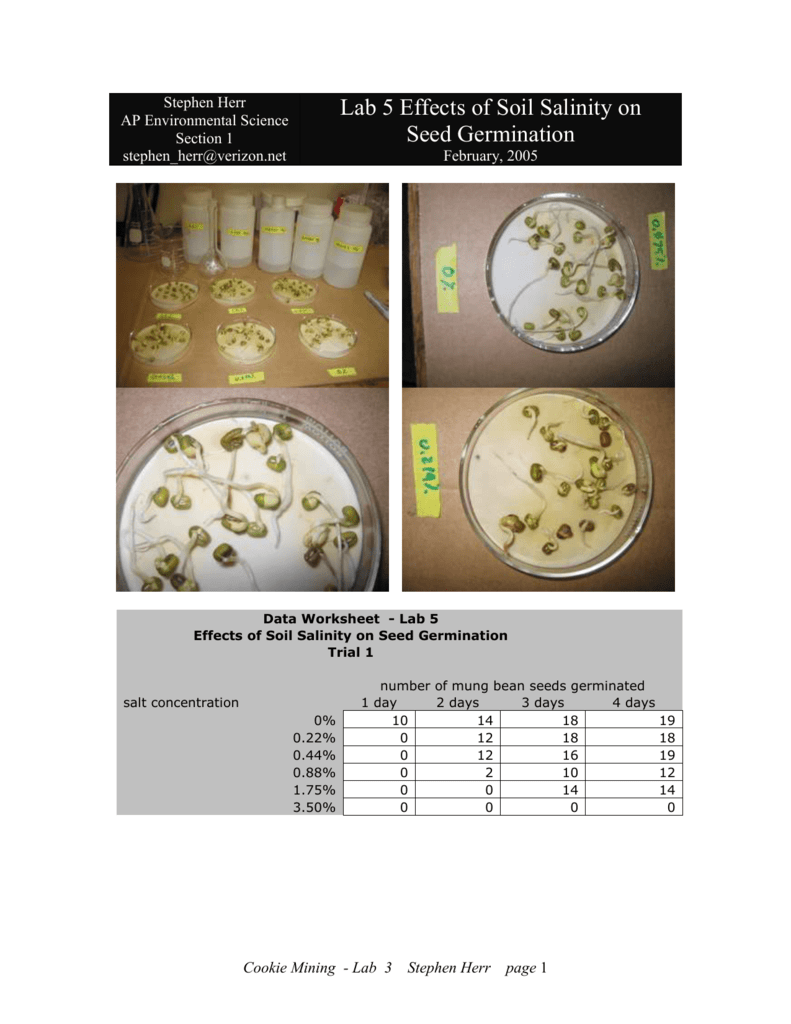


Stephen Herr Ap Environmental Science Section 1 Stephen Herr
PRELAB Lab #1 The effects of Soil Salinization on Mung Bean Germination Directions Read both sides of this sheet completely In the space below, plan your procedure to test the purpose question You may either write out your plan in a series of steps OR draw a diagram which includes everything you will need to set this lab up in classPlant one bean seed in each of the plastic cups The seeds should be planted ½ inch deep in the soil Add ¼ cup water to each cup 3 Cut one end off the shoebox If using another type of box, cut the end and one side off You should have a box with a bottom and 3 sides 4 Label each box 5 Place the plastic cup holding a bean plant seed inThis research aimed to find out how would mung bean seeds will germinate if watered by orange juice Objectives This research aimed to establish the role orange juice plays in the germination process of mung seeds in terms of germination rate and the length of roots over time Introduction Minutemade orange juice has a pH of 280


Seed Germination Experiment Aim To Investigate The Following Factors Affecting Seed Germination Warmth Water Light Air International Baccalaureate Biology Marked By Teachers Com
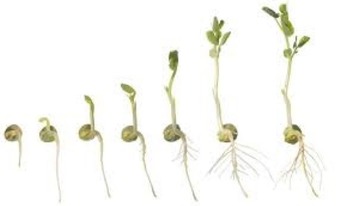


Abiotic Factors Of Growth Mung Bean Lab Activity By Beverly Biology
The affect of Protein Powder and its affect on the germination and growth of mung beans The Lab Report alden_controlled_experiment_lab_reportpdf File Size 2587 kb File Type pdf Download File Graphs graph_mung_bean__sheet1pdf File Size 427 kb File Type pdf Download File ConclusionGrowing Mung Bean Seeds Project Last Thursday, the Science teacher had instructed all the pupils to grow mung bean seeds for a week project Mung beans is locally known as Green Beans It was a new experience for the kids and luckily there were some instructions given in the Science text book itself(Figure One Cress Seed Germination) Of how the germinating seeds look in the Lab Report section Writeup You will be writing a lab report Soak the bean seeds in this for 1⁄2 hr before start ing, to inhibit the growth of mold on the seeds over the course of the experiment As a function of time to harvest



Salinity Mung Beans Designing A Controlled Experiment Ppt Download



Water Is Required For Germination Experiment Youtube
Also to find at what salt concentration will the mung beans stop germinating MyBean Seed Germination Experiment Facts about Beans A bean seed will grow into a bean plant The plant will produce blossoms that will turn into beans If left to mature The beans will contain 56 bean seeds that can be replanted Some bean seeds are white, red, brown, or black We have even planted red speckled bean seedsMung bean seeds are usually green or brown, but some tropical varieties are yellow, and they are normally half the diameter of a soybean seed The appearance of mung bean plants is more similar to garden beans than to soybeans, and they can grow up to 24 to 30 inches (60 – 75 cm) tall;



Pdf Growth Pattern Of Mungbean At Different Planting Distance



The Effect Of Acid Rain On Bean Germination And Growth Rla Aspire
Students investigate what environmental factors influence seed germination using beans The experiment looks at moisture, light, acidity, and other factors that may affect germination Students set up the experiment and submit a lab reportAlthough the amount of germinations between Mung beans exposed to lightor not light was not drastic, the process of germination was still increased Thereason behind germination occurring quicker may have been the change intemperature of the Mung bean Mung beans germinate faster in warmenvironments due to the rate of enzyme activity


Seed Germination Requirements Ingridscience Ca



Seed Germination Experiment Lab Report Root Seed


What Are The Best Conditions For The Germination Of Mung Beans Gcse Science Marked By Teachers Com



Seed Germination Experiments Mufasa Ap Biology
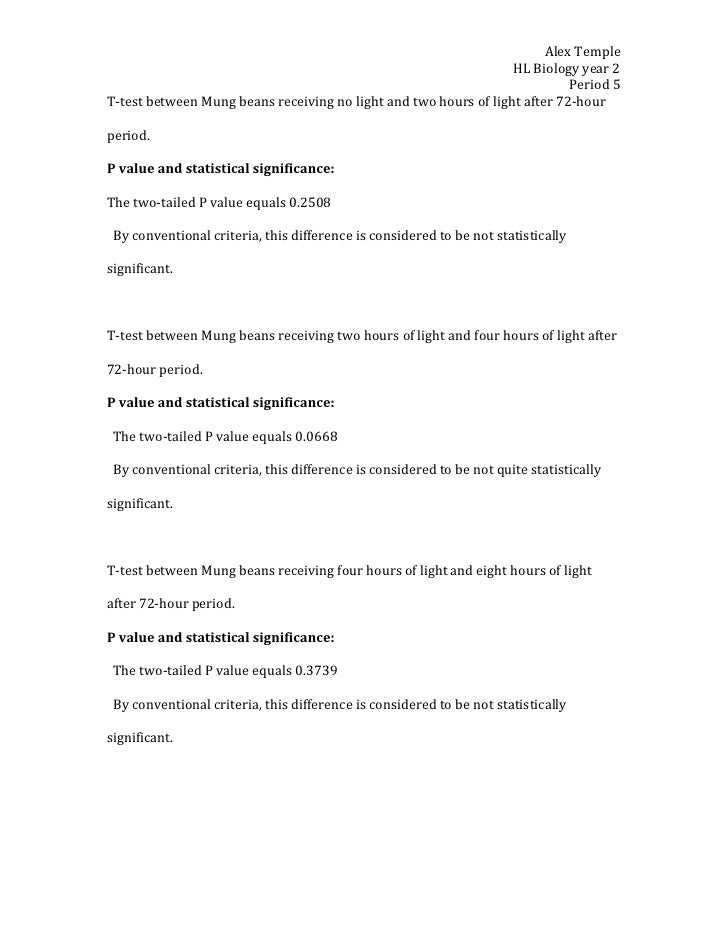


Biology Lab


Seed Germination Requirements Ingridscience Ca
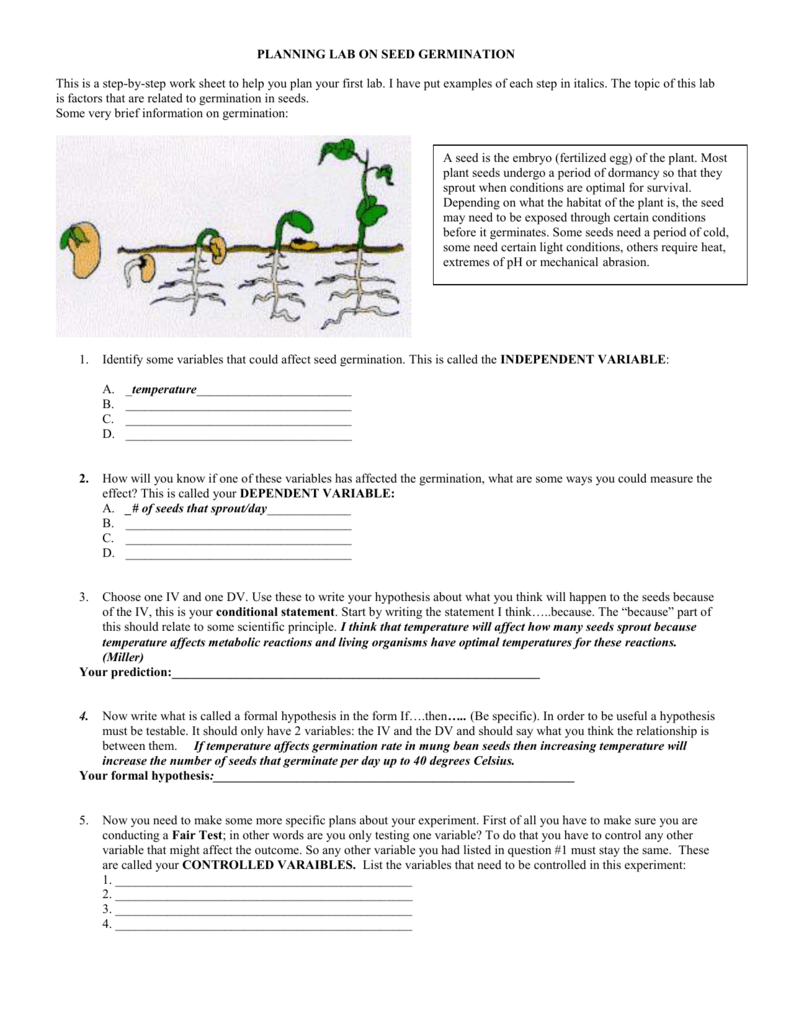


Planning Lab On Seed Germination Doc Davis Dais



Final Lab Report On Bean Beetles The Effect Of Bean Type On The Choice And Studocu



Lab Report Example 2 Student Lab Report Biology 101 Effect Of Different Variables On Bean Germination Abstract Bean Germination Not Unlike The Growth Course Hero



Salinity Mung Beans Designing A Controlled Experiment Ppt Download


Mung Bean Lab Report Examining The Effect Of Light On Growth Gcse Science Marked By Teachers Com



Mung Bean Respiration Lab By Judy Khalifa
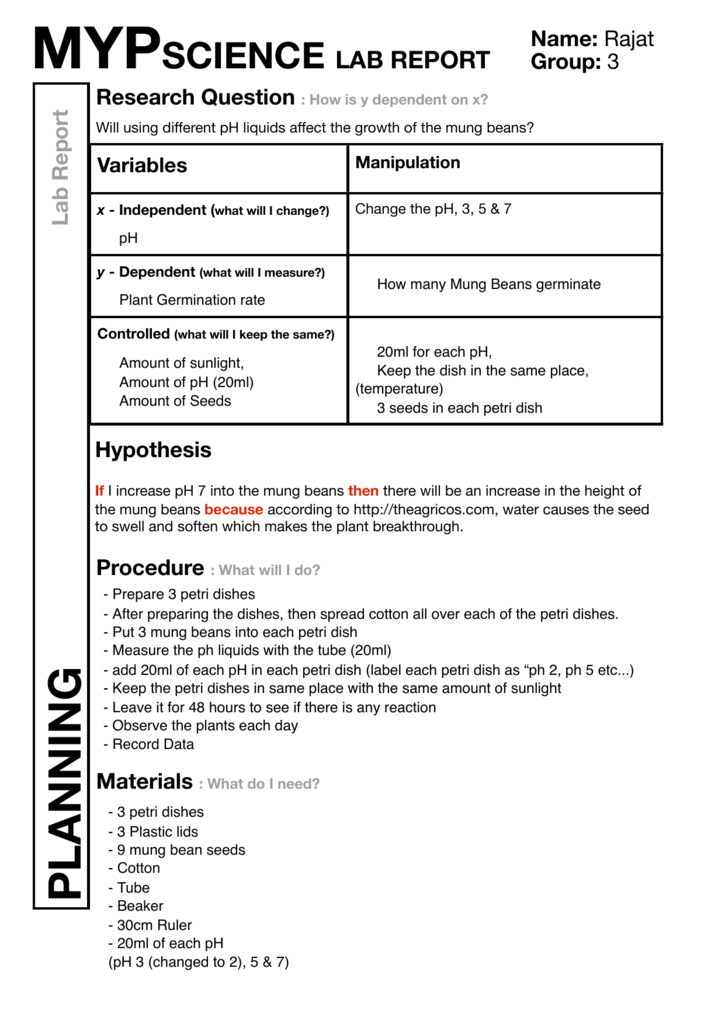


Plants Lab Report


Growing Irradiated Bean Seeds Ans



Effects Of Different External Factors On The Seed Germination And Seedling Growth Of Mung Beans Vig Effects Of Different External Factors On The Seed Course Hero



Germination Lab Effect Of Water Amounts On Mung Bean Germination Introduction While Each Seeds Have Their Own Requirements For Germination The Three Course Hero



Biology Lab


Factors Affecting Seed Germination Lab The Effect Of Light Gcse Science Marked By Teachers Com
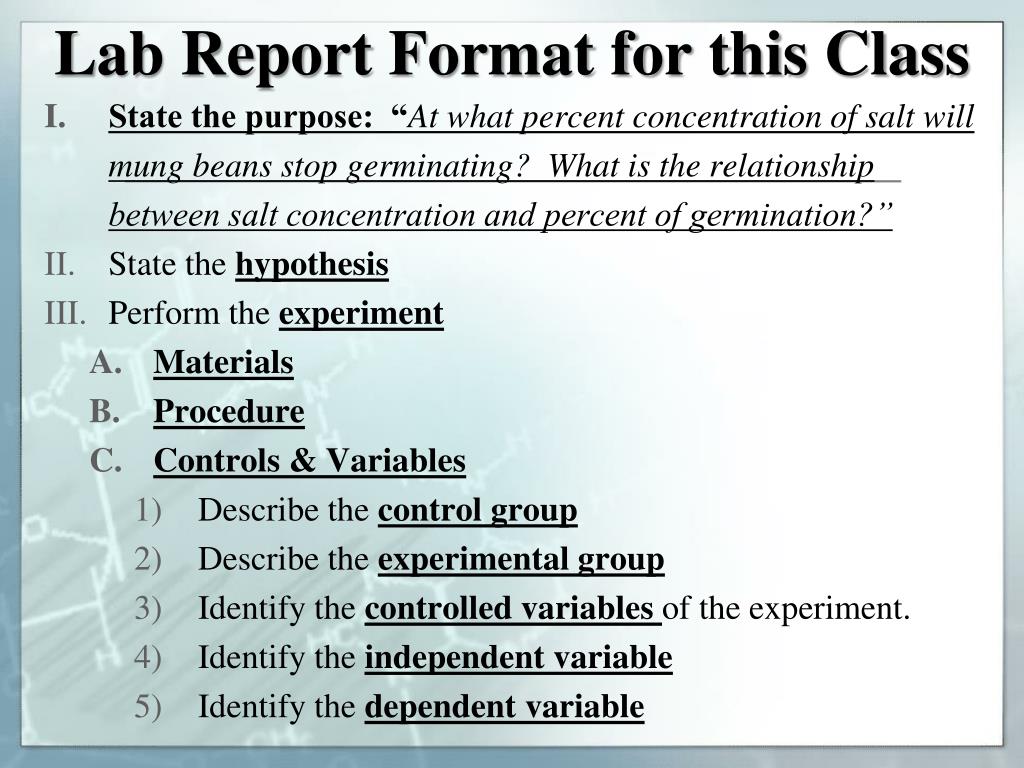


Ppt Salinity Mung Beans Powerpoint Presentation Free Download Id
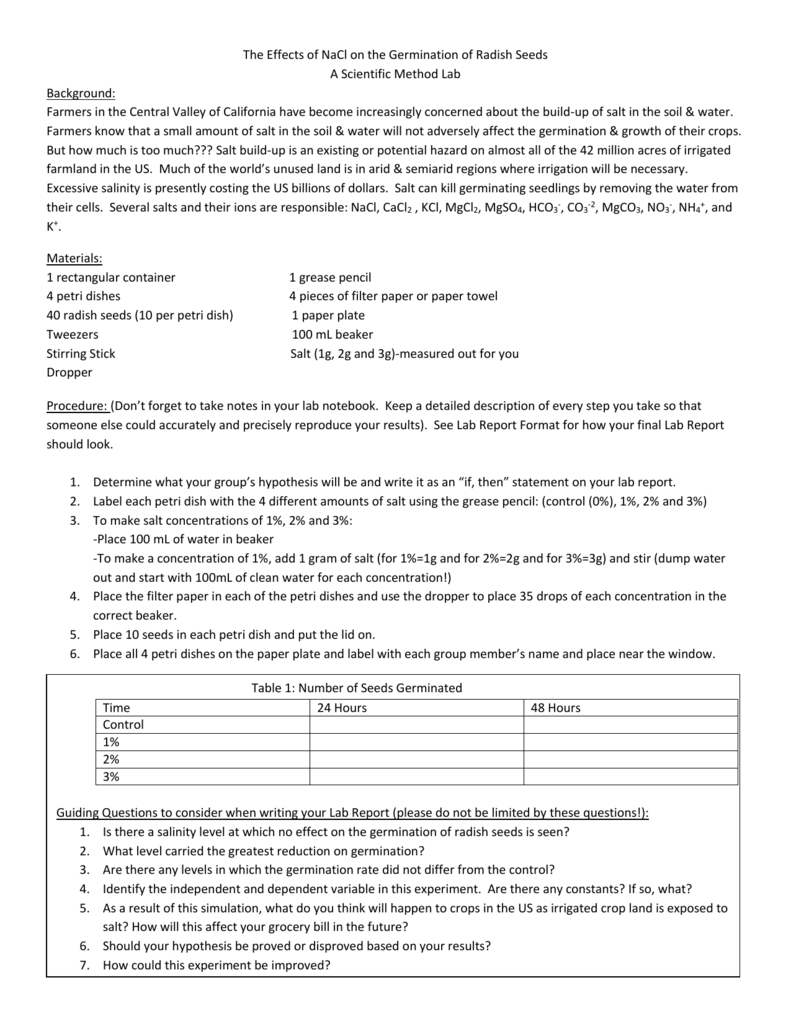


The Effects Of Nacl On The Germination Of Radish Seeds
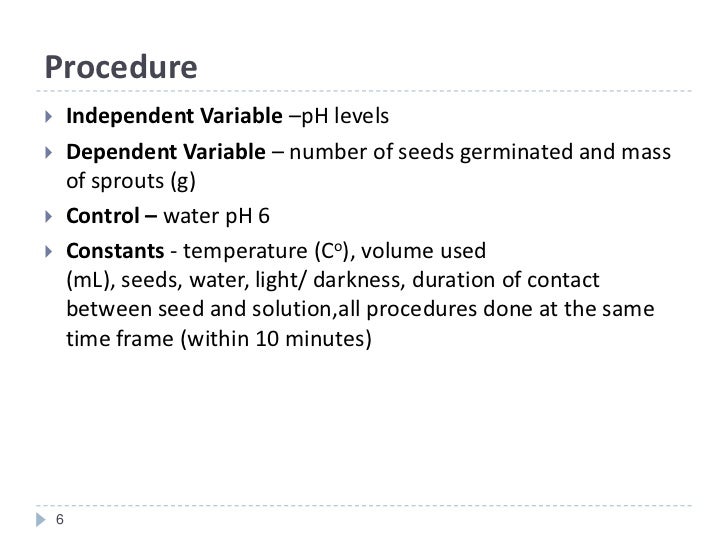


The Effect Of Ph On Mung Bean Sprout



Mung Bean Lab Report Experiment Salt



Seed Germination For Kids The Results How Wee Learn


How To Grow Pinto Beans As A Science Project



Time Lapse Mung Bean Germination Youtube



8 3 Data Collection Observed Results Table 1 Mass Chegg Com



Germination Lab Report Essay Example



Pdf The Effect Of Mungbean Seed Size On Germinating Ability Bean Sprout Production And Agronomic Characters
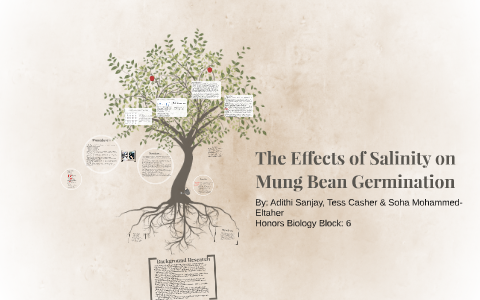


Mung Bean Germination Lab By Adithi Sanjay


Seed Germination Lab Report College Homework Help And Online Tutoring


Salinization Lab Apes



Lab Report Example 2 Student Lab Report Biology 101 Effect Of Different Variables On Bean Germination Abstract Bean Germination Not Unlike The Growth Course Hero
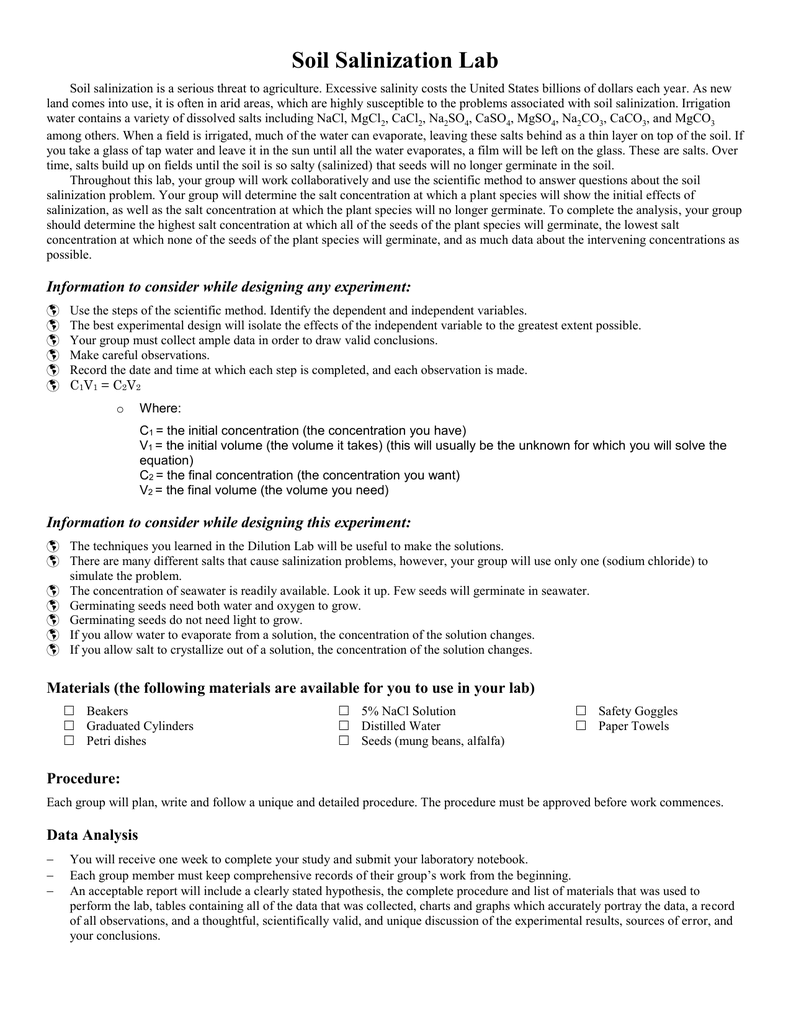


Soil Salinization Lab


Mung Bean Lab Report Examining The Effect Of Light On Growth Gcse Science Marked By Teachers Com
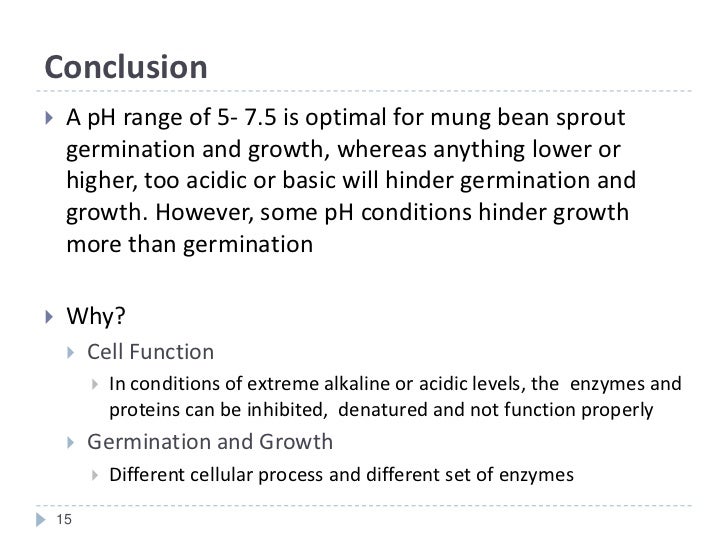


The Effect Of Ph On Mung Bean Sprout
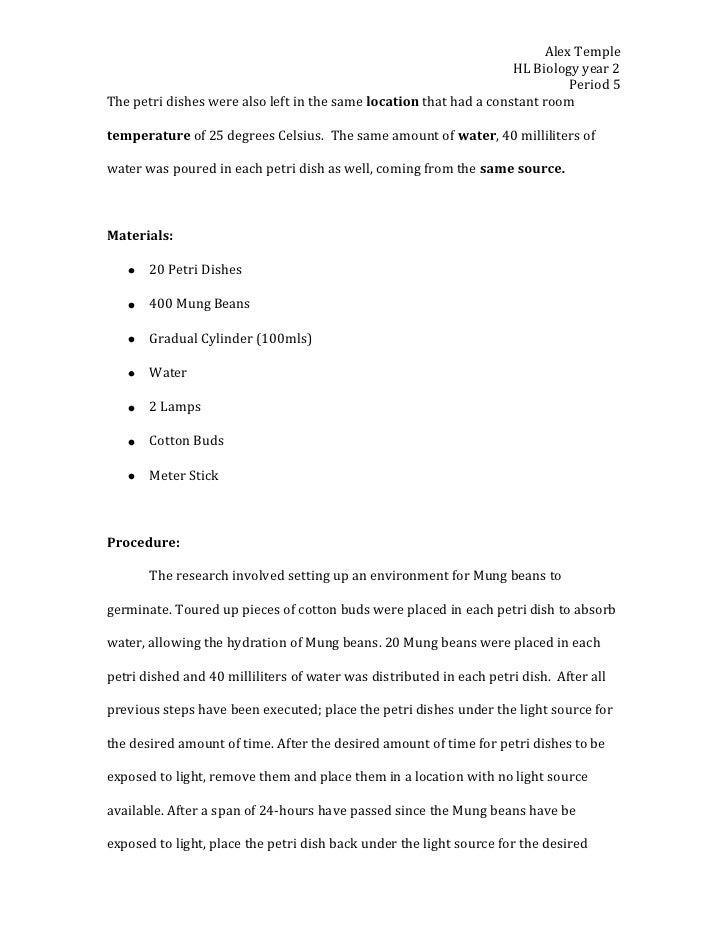


Biology Lab



The Effect Of Ph On Mung Bean Sprout
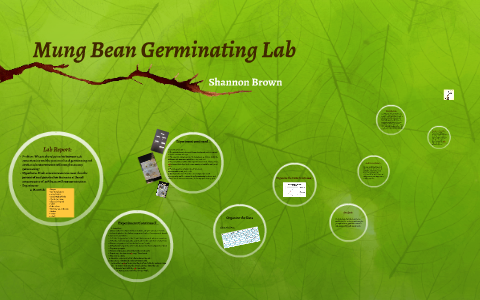


Mung Bean Germination Lab By Shannon Brown



Making Plants Grow Science Project Education Com



Final Lab Report On Bean Beetles The Effect Of Bean Type On The Choice And Studocu


Seed Germination Requirements Ingridscience Ca
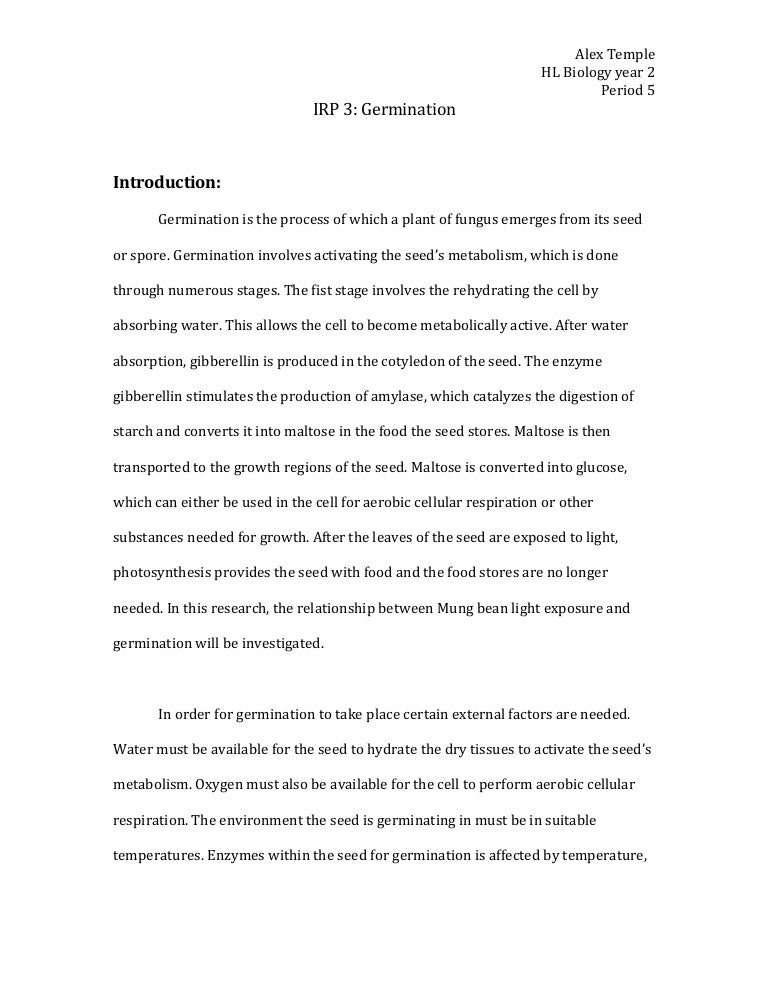


Biology Lab



Sucrose Treatment Of Mung Bean Seeds Results In Increased Vitamin C Total Phenolics And Antioxidant Activity In Mung Bean Sprouts Wei 19 Food Science Amp Nutrition Wiley Online Library


Seed Germination Experiment Aim To Investigate The Following Factors Affecting Seed Germination Warmth Water Light Air International Baccalaureate Biology Marked By Teachers Com



Biology Lab


Respiration Lab Report The Oscillation Band



Growing Beans Science At Home Life At The Zoo Science Experiments Kids Plant Science Science Activities



Science Project How Does Salt Affect Seed Germination Owlcation Education
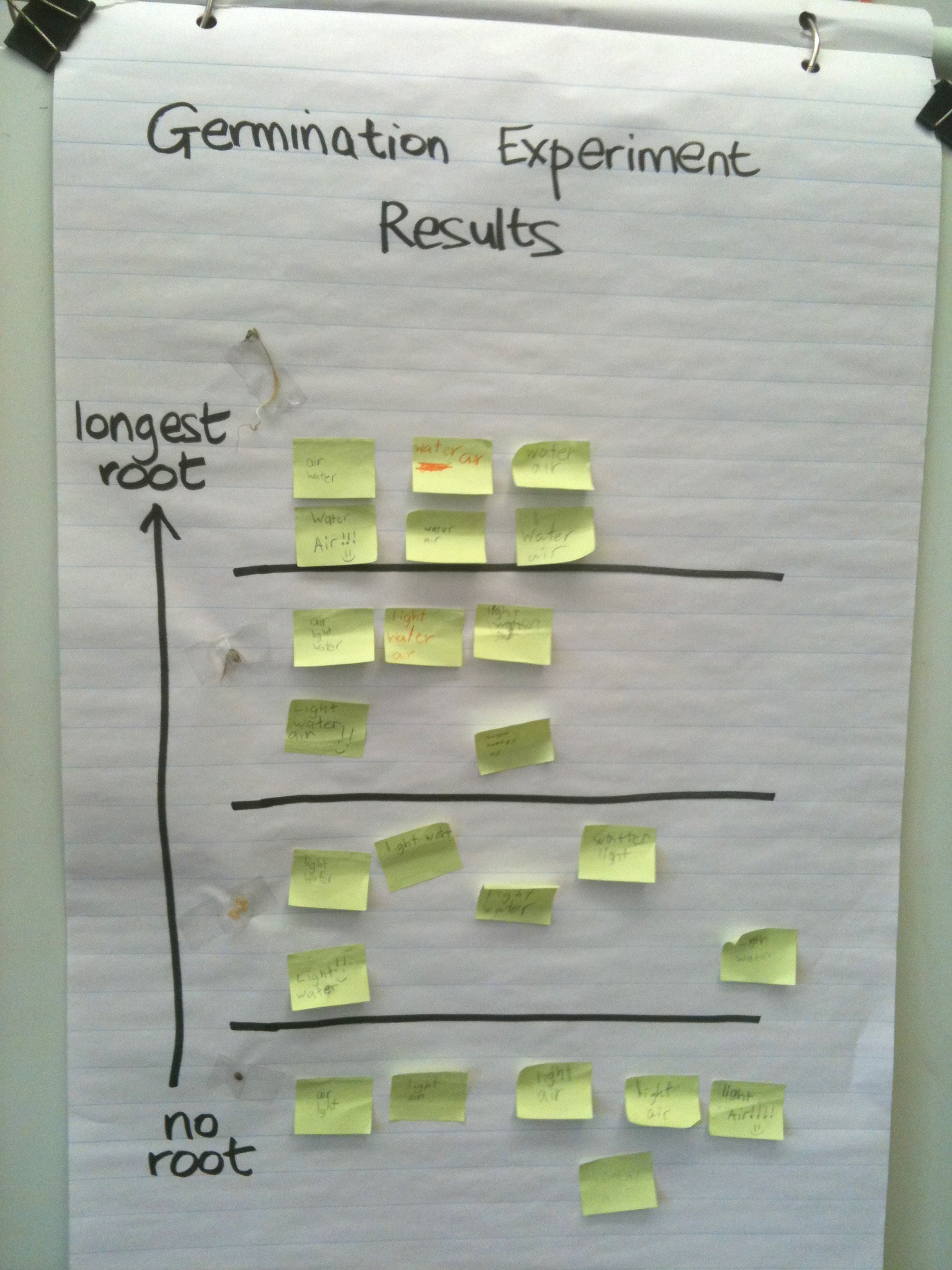


Seed Germination Requirements Ingridscience Ca



Lab Report Determining Ovipositional Bean Preference Of Female Bean Beetles Alexandra Cook Eportfolio



Germination Lab Effect Of Water Amounts On Mung Bean Germination Introduction While Each Seeds Have Their Own Requirements For Germination The Three Course Hero



Copy Of Biology Ia Cellular Respiration Of Mung Beans Real One Studocu



Salinity Mung Beans Designing A Controlled Experiment Ppt Download
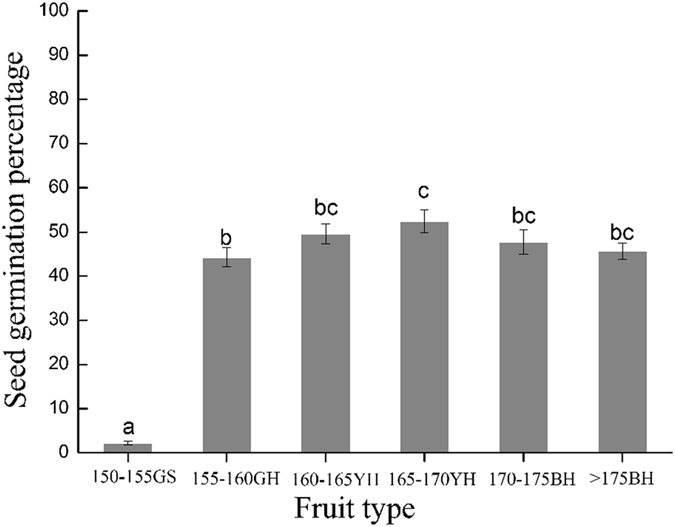


Effects Of Water Level Regulation On The Seed Germination And Production Of Annual Plant Xanthium Sibiricum In The Water Level Fluctuating Zone Of Three Gorges Reservoir Scientific Reports



Salinization Lab Apes



The Effect Of Acid Rain On Bean Germination And Growth Rla Aspire


